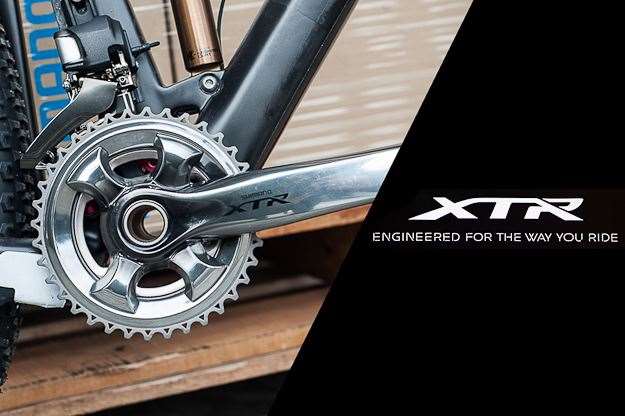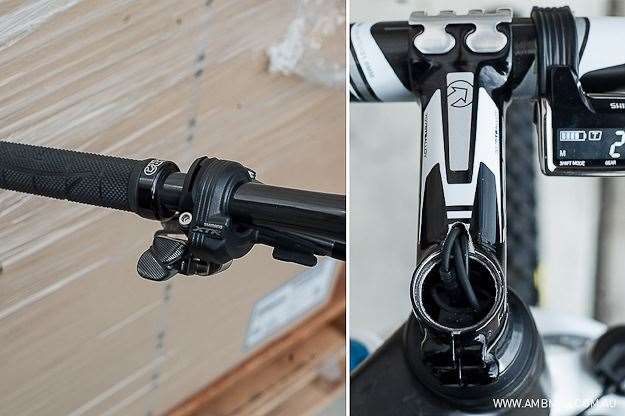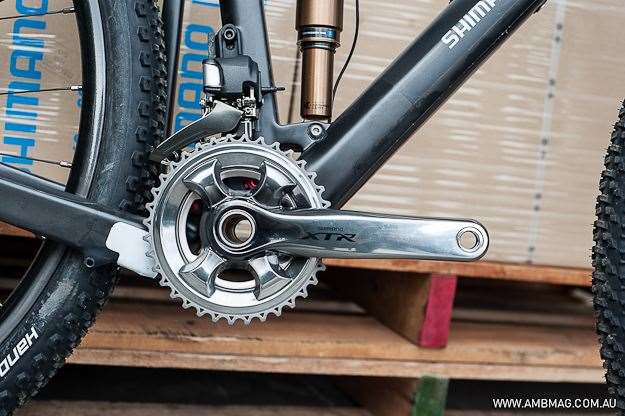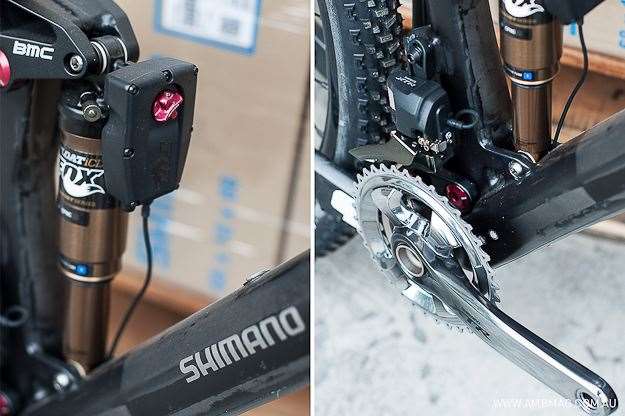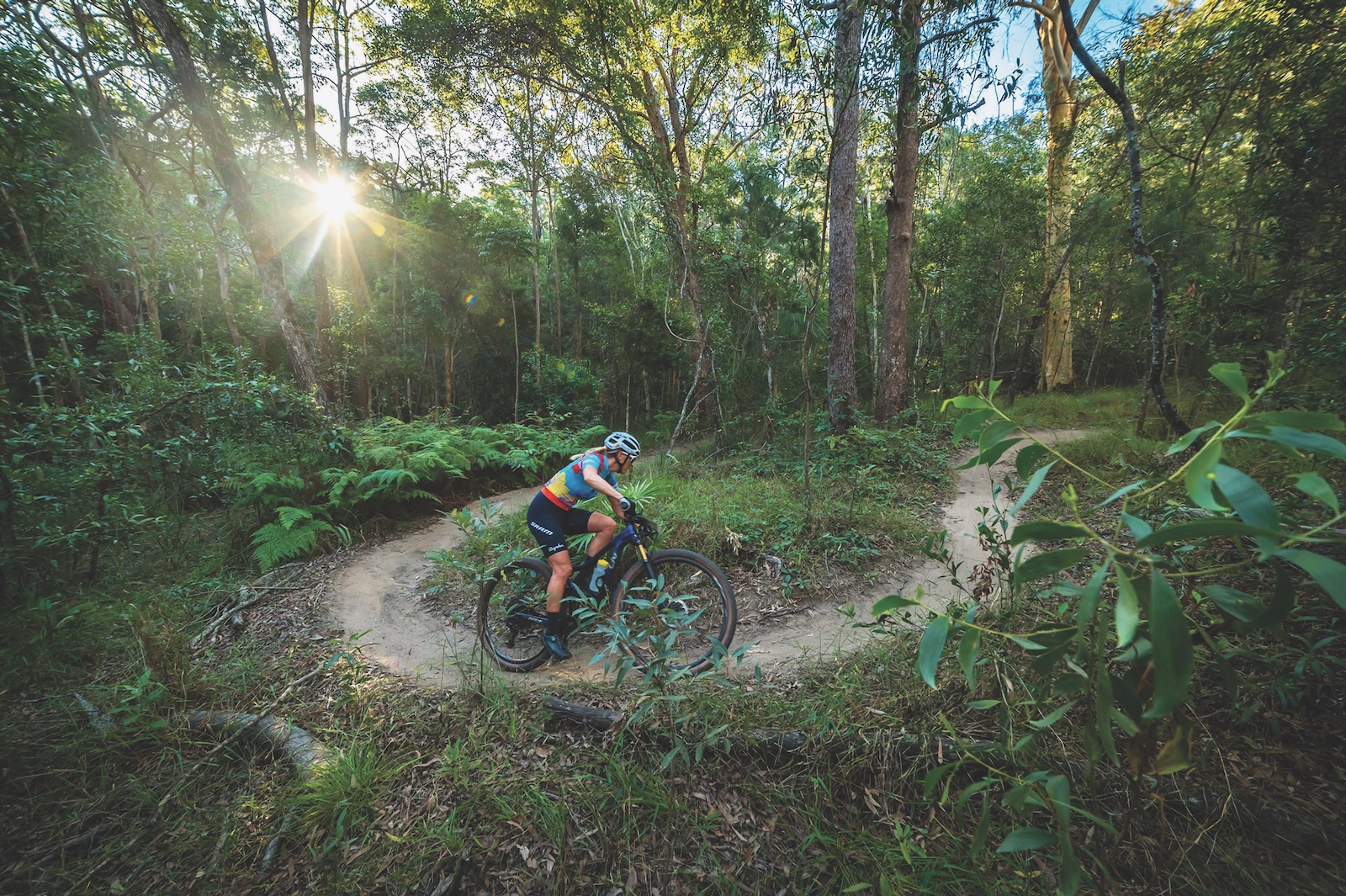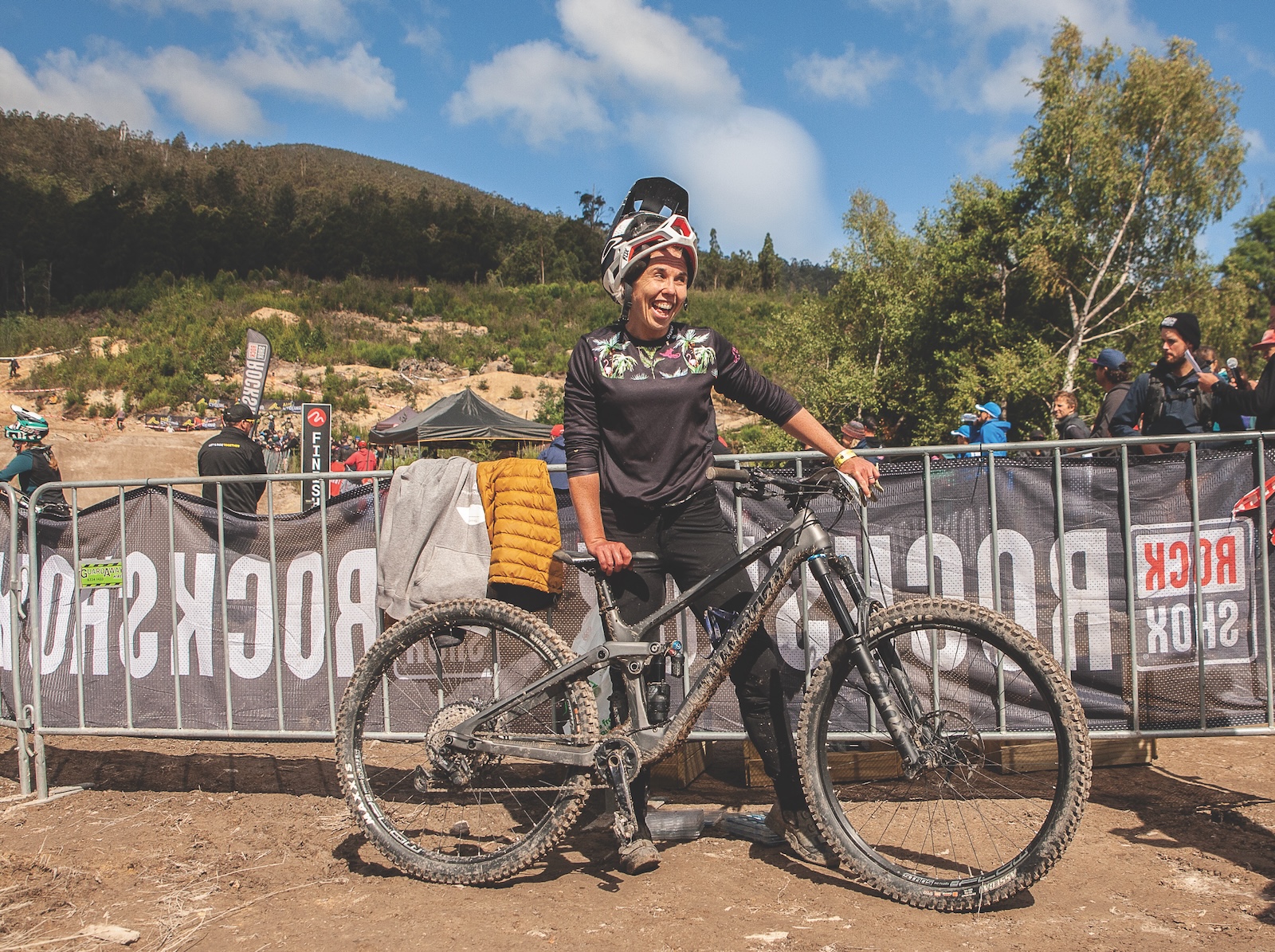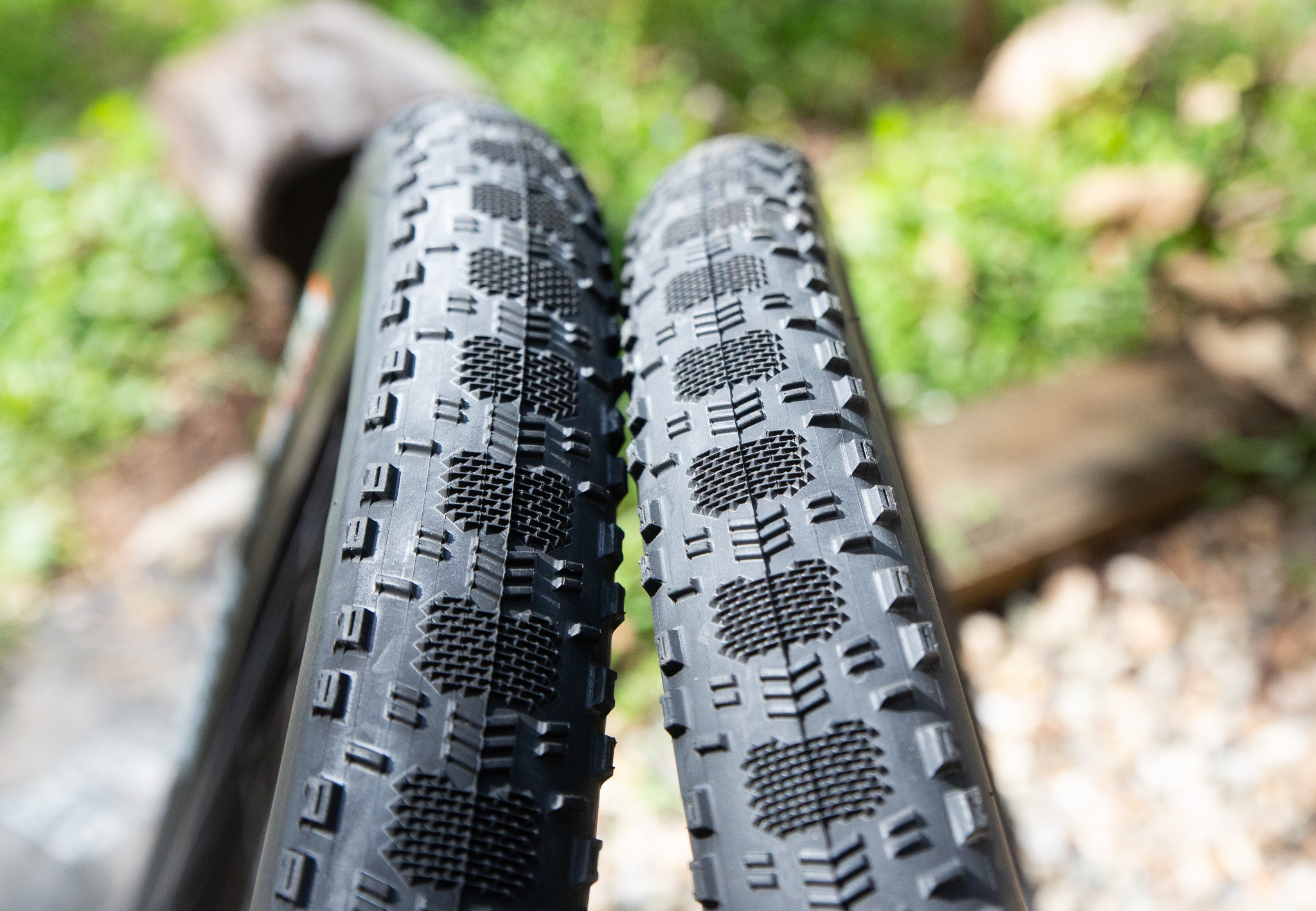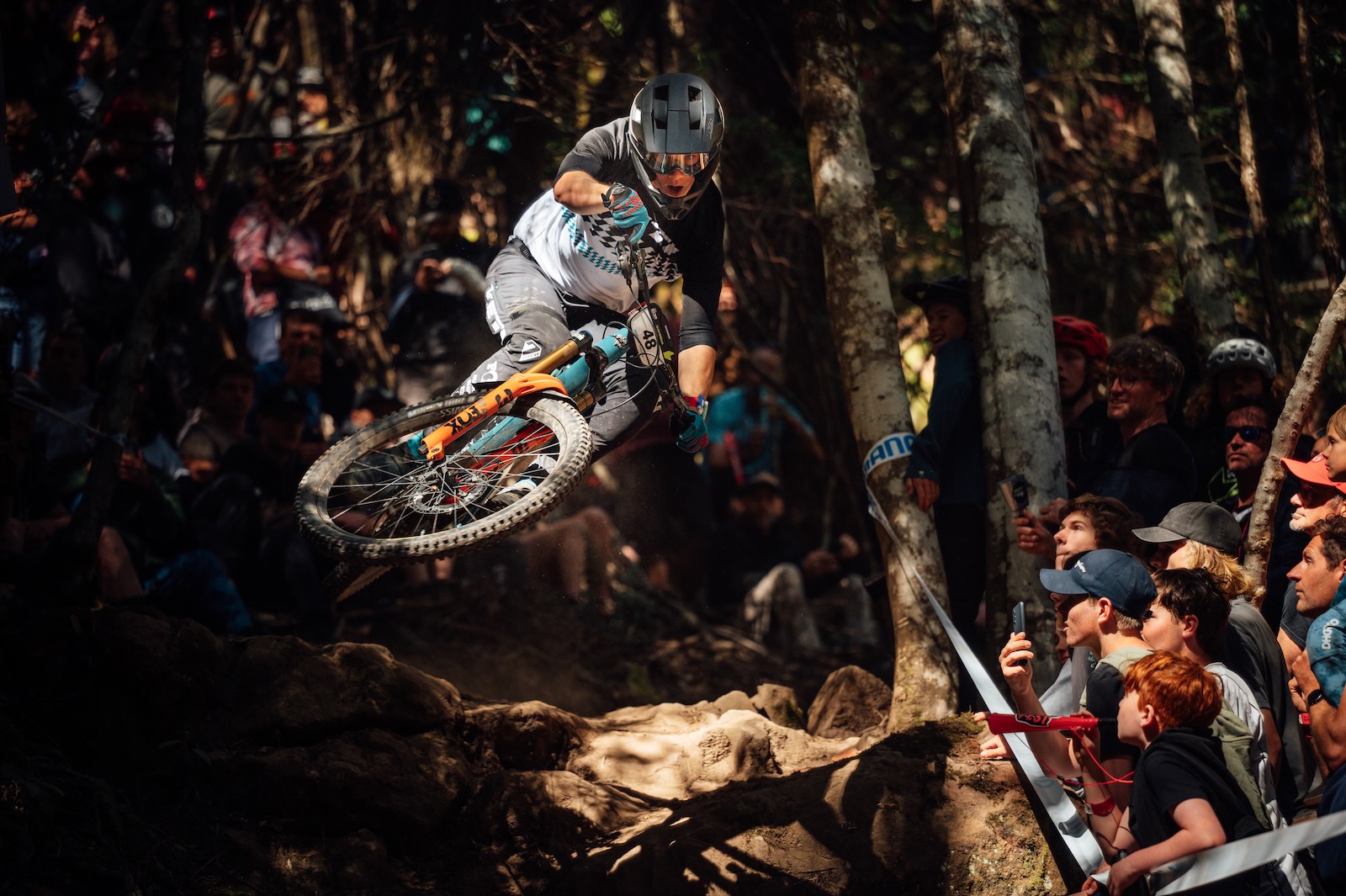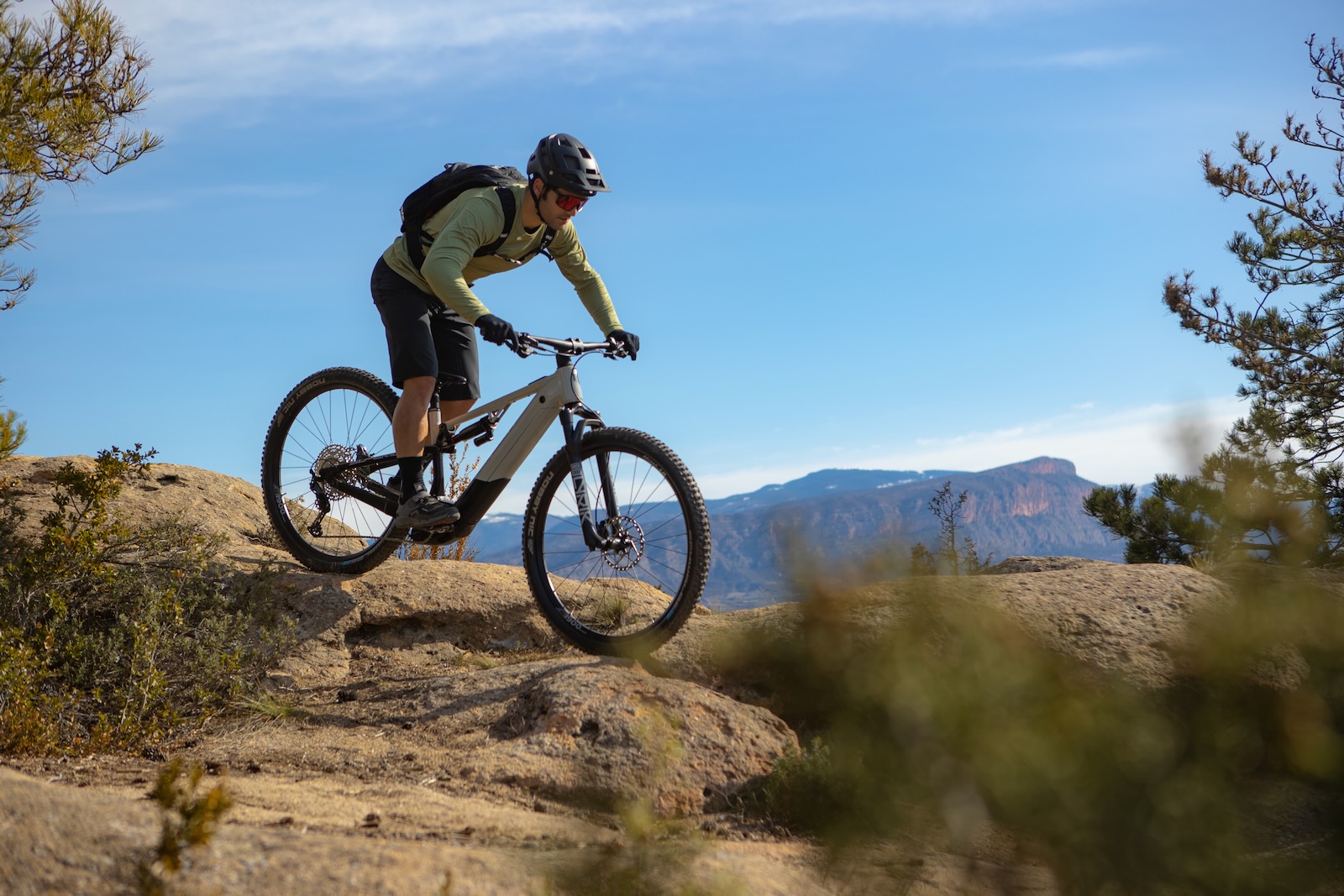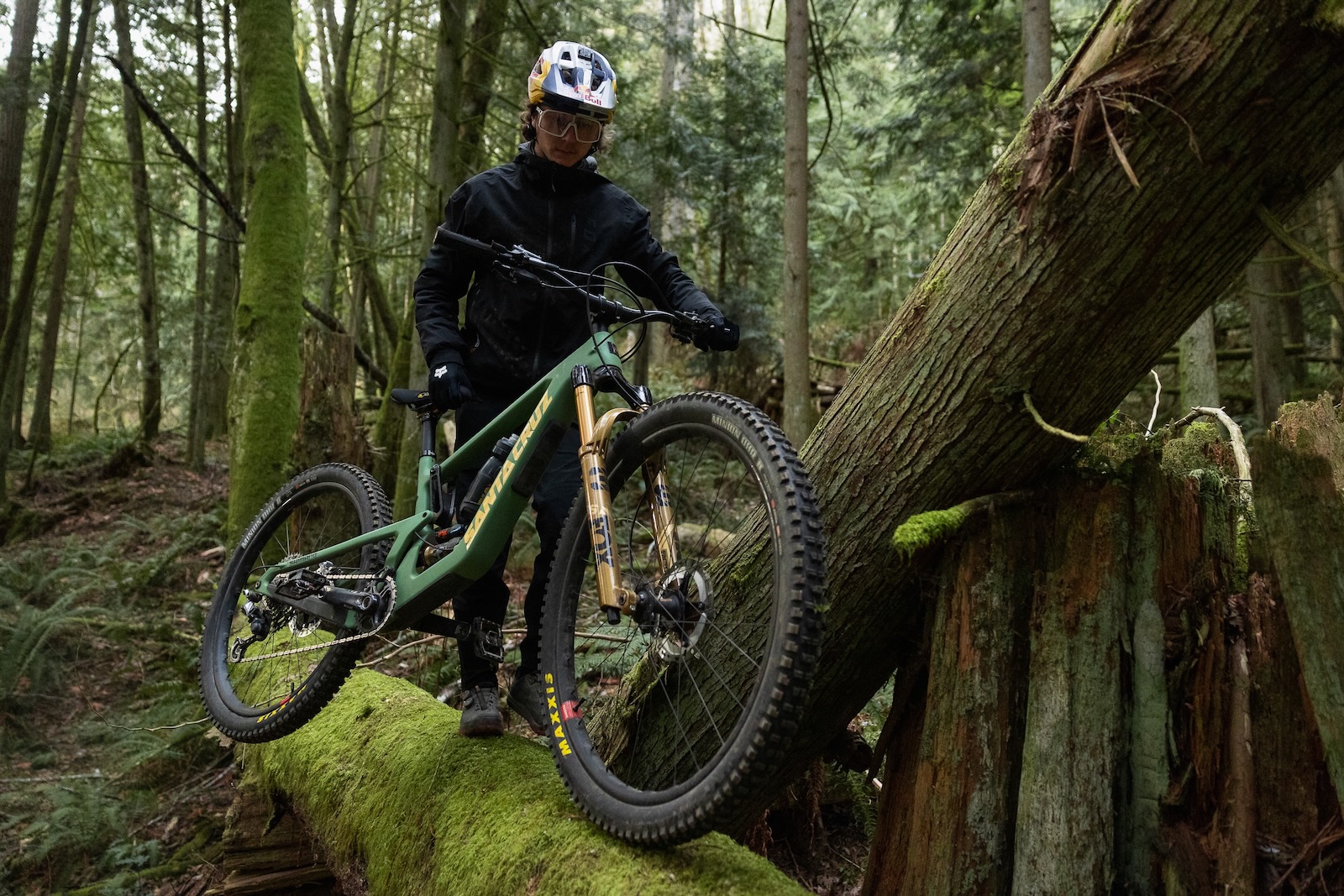Shimano XTR Di2 & M9000 - The First Ride
The Shimano XTR iteration of Di2 is a completely new electronic groupset from the Japanese component behemouth
Far from a modified road groupset using the ‘remote’ shifters that were developed for the tops of road handlebars, the Shimano XTR iteration of Di2 is a completely new electronic groupset from the Japanese component behemouth. Although electronic shifting has been available on mountain bikes by changing some current model road parts and using aftermarket options – a full groupset has not been available. Until now.
With over 5 years of experience in making electronic shifting work in the rigours of professional cycling and cyclocross, Shimano have the experience to put together a reliable, serviceable, and best of all, well sealed electronic groupset.
With Shimano Australia having a functioning XTR M9000 and M9050 (Di2) bike on hand at their head office, we were lucky to take both bikes for a ride to experience the difference between them. Bear in mind the chain, cassette, chainrings, cranks, bottom bracket and brakes are all the same. It’s just the shifters and derailleurs that are different.
And the computer head that lets you change your programmed shift mapping. More on that later.
DERAILLEURS
Unlike the M9000 mechanical groupset, there are less models on offer. One rear, one front. The front is programmable for 2x or 3x options – and attaches to the relevant frame mount required for your bike.
The motors in both are about twice as strong as those found in road models, and the shifting under load was a little noisy as you’d expect – but no harder or slower than shifting when soft pedalling on the flat.
What is lacking is the ability ‘feel shift’. Just like knowing the force to push with on a loose climb so you can maintain traction, feeling the shift through the lever is a MTB specific art. You know if something is jamming, or bent, or loose, before it causes destruction. A major concern about Di2 will be a strong motor just forcing the point – perhaps to the detriment of your drivetrain, or even bike. But perhaps Shimano have a load limit programmed in where it will back off.
SHIFTERS
This is the big one. The shifters have great ergonomics, and unlike the ‘button’ feel of the road Di2 shifters, the XTR Di2 shifters have a distinct ‘click’ for both feel and sound. It’s very positive feedback, and increased pressure will even double shift – just like a Rapidfire Multi-Release shifter.
So they feel good, and their actionswinging around the ‘bars is very natural. But the big deal here is programming. You can programme every button to do what you’d like (in terms of upshifts and down shifts anyway). The computer comes set with a the Synchronized Shift programme. This relies on just the one shifter, and you shift up and down the range, with the computer changing chain ring or cassette sprocket as required to increase or decrease the effective gearing. If you like this style of shifting, you will only need one shifter.
There are all manner of ways you can tune the shifting, and you can change between programmes while riding. If you like one style of shifting for descending, and another for climbing, you could have them both programmed in and change when you like. Or you could reverse it just to confuse friends who always want to try your snazzy electric bike. There is a lot of choice on offer, which is the theme of the new XTR family.
CRANKS
The cranks are the same with eithermechanical or electronic – but it is worth mentioning the myriad of choices between Race or Trail, Single, Double or Triple options. With a 11-40t cassette, the range isn’t as broad as a SRAM 1 x 11 setup, but the gear jumps are a lot smoother to match your cadence. By using a 2x setup, with sequential Di2 shifting, you would get a very smooth, broad range – at quite an expense.
Shimano haven’t released their tooth profile (and name) yet, but the prototype versions seen on the bikes of racers like Julien Absalon and Fabian Giger show a very square profile. Still, they are running guides for added security.
FOX SUSPENSION
Running from the same battery, the test bike we rode had electronic lock out to Fox suspension front and rear. This was an all or nothing approach, suitable for racing. It wasn’t possible to move to ‘Trail’ mode, like the manual fork and shock lock outs offer. The actuation was loud, and I didn’t measure the time but it was pretty fast.
It’s unlikely this will be imported into Australia, and although it was a neat setup, it didn’t seem to offer many benefits over regular lock out actuation. Infact, I use the ‘Trail’ setting on my forks and shock quite a lot, and would miss that setting.
MECHANICAL Vs ELECTRONIC
Let’s not forget about Shimano XTR M9000 – the new offering that Di2 is based on. Riding it back to back with Di2 was great for a quick comparison. Bearing in mind that the programmable options of Di2 are a lot of fun, and great for getting the most efficient use out of agiven gear range, they do come at a (yet to be confirmed) extra cost. The new XTR M9000 is outstanding in it’s own right. The front shift is so fast – it seems each iteration of XTR improves the front shifting. Shimano’s forging process no doubt helps with this, and if you run the 2x or 3x option then you will appreciate the extra expense of the forging process.
The shifter adjustments for angle and inboard and outboard position on the new iSpec mount offer brilliant ergonomics beyond the previous models, and the action is super light with immediate take up, as we have come to expect. While the 11-40 cassette isn’t a 10-42 spread, it’s a very smooth shift – even under load – and the Shimano 11sp chains may also be more reliable than other 11sp chains out there.
OVERALL
Does it work? Yes. Is it new and glamourous? Yes. Will it change your approach to riding? That is less certain. Far from simplifying a drivetrain setup like SRAM XX1 did, XTR Di2 adds lots of options and inherent complexity. This has been refined for production, but it might take quite a long time for it to become mainstream. Di2 might trickledown to XT and even SLX in time, right now it is likely to be priced at a level for elite racing and early adopters with deep wallets. While the initial setup is a little more complex, it is so well finished that once it’s done it will be set and forget – beyond regular drivetrain maintenance on the chain, cassette, chainrings and other parts. Oh, and battery charging, although expect very long intervals.
If we are to compare XTR Di2 to the 11sp setup that SRAM offers, the differences are apparent. XX1 and it’s lower priced siblings makes shifting easier for new riders, allows changes in frame design, and can increase reliability doing away with a very rudimentary shift action of a front derailleur. Theoretically, single ring setups should last longer with stronger chains and chainrings too.
Personally, I’m keen to get a new M9000 groupset on my bike – and although I’d love to run the Di2 I think it may be beyond a realistic budget for an amateur racer.
Whether I’d use a single or double ring setup I’m not certain – maybe we wait for Shimano to use that 14sp freehub body they supposedly hold a patent for?

